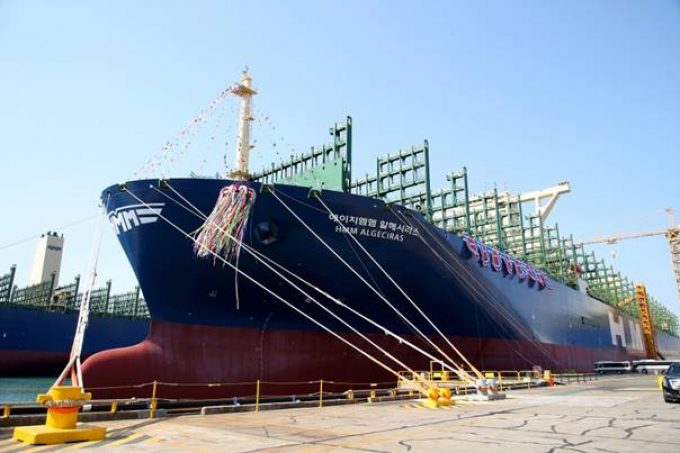HMM reports 500% rise in operating profit, and eyes fleet and route expansion
South Korean container line HMM is yet another major carrier to enjoy a bumper 2024, ...

By the end of Q1 22, a roadmap to sell the South Korean government’s stake in flagship liner HMM will be unveiled, vice-minister for oceans and fisheries Eom Ki-doo said on Tuesday.
Mr Eom said the ministry had begun a search for a potential buyer, with the Financial Supervisory Service, Korea Development Bank (KDB) and Korea Ocean Business Corporation (KOBC).
KDB and KOBC, both state-backed policy lenders, are HMM’s largest shareholders, with a combined stake of nearly 45%.
However, KDB chairman Lee Dong-gull said ...
'Disastrous' DSV-Schenker merger would 'disrupt European haulage market'
New senior management for DSV as it readies for DB Schenker takeover
Volumes set to 'fall off a cliff' as US firms hit the brakes on sourcing and bookings
Asian exporters scramble for ships and boxes to beat 90-day tariff pause
Amazon pushes into LTL for small package fulfilment and UPS does a u-turn
Temporary tariff relief brings on early transpacific peak season
Pre-tariff rush of goods from US to China sees air rates soar, but not for long
Forwarders 'allowing the fox into the chicken run' by supporting 'hungry' carriers

Comment on this article